Clearing the Fog: Wild Salmon Versus Farm Salmon
By Dr. Ashraf Girgis ND.
Published September 26.2024
|

|
Among many questions asked by conference attendees, one is usually about salmon. The question is usually: is farm salmon as good as wild salmon?
Before I address their differences, let’s look at the health benefits of eating salmon in general. Salmon is considered very healthy for several reasons
|
|
|
|
|
1. Salmon is an excellent source of protein while avoiding all the negative effects of red meat. You can read the article about why it is important to minimize red meat consumption in my book, The Holistic Approach to Autoimmune Disease.
2. Salmon is an excellent source of Omega-3 fatty acids, which are wonderful antioxidants with many other health benefits. They also help preventing cardiovascular diseases. According to research in Scandinavian countries, two servings of fish per week lowered high density lipoprotein (HDL)(2).
EPA, (eicosapentaenoic acid) and (docosahexaenoic acid) DHA are associated with a 9–10 % lower risk of fatal CHD.
|
 |
|
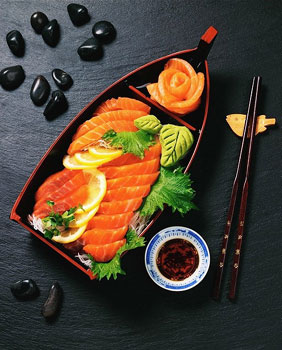
|
3. The pink color of salmon is a result of a carotenoid-containing pigment called Astaxanthin. Astaxanthin belongs to the antioxidant carotenoids family. It has many benefits, including reducing inflammation, reduces the oxidation of LDL (bad) cholesterol, and increasing levels of HDL (good) cholesterol. Because it is an anti-oxidant, it reduces oxidation and therefore may reduce plaque formation, resulting in less cardiovascular accidents. Astaxanthin also preserves the integrity of cell membranes while it protecting the functional integrity of the mitochondria. In addition, it has pharmaceutical benefits such as anticancer, anti-inflammatory (chronic inflammation), antidiabetic and antioxidant activities, neuro and skin-protective effects, metabolic syndrome, diabetic nephropathy, and many other health benefits (6). Salmon, shrimp, microalgae, and red yeast are among other foods containing Astaxanthin (6).
|
|
4. Salmon contains Selenium. Selenium means Selene – goddess of the moon. Selenium is a trace mineral that plays an important role in thyroid health, lowering thyroid related autoimmune diseases.
A key metabolic function of Selenium is attributed to its role as an enzymatic cofactor. There are possible therapeutic effects in diseases such as asthma, rheumatoid arthritis, hemorrhagic pancreatitis, stroke, severe sepsis, and even in HIV in addition to osteoarthritis hypothyroidism and AIDS (8).
5. In addition, salmon contains high levels of vitamin B. Vitamin B plays a very important role in repairing neurotransmitters and preventing neurodegenerative diseases. Salmon also contains many other vitamins and minerals. You can visit FoodData Central for more information on salmon’s nutritional value.
Now let’s look at farm salmon versus wild salmon.
|
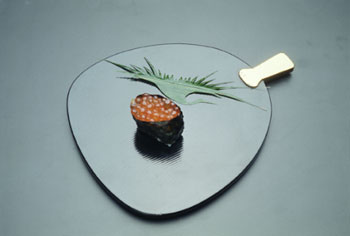 |
 |
Omega-3 fatty acids
While farm fish does contain Omega-3 fatty acids, it also contains a higher amount of Omega-6 fatty acids. Farm salmon has a far higher Omega-6 to Omega-3 ratio than wild salmon (Strobel 2012). While Omega-6 is needed in our body, high levels of Omega-6 can be harmful for our health (11). In a study of wild versus farmed salmon from various parts of the United States, the amount of Omega-3 content varied from 717 milligrams per 100 grams in farm salmon to 1,533 mg in wild fish (equal to a “standard” 3.5-ounce serving) (10). This is clearly a higher amount of Omega-3, and is largely due to the fact that wild salmon eat other fish, while protein pellets are the food provided for farm salmon.
|
|
Vitamin D levels
One of the ways we can produce more Vitamin D is by eating fish (salmon). However, farm fish has four times LESS Vitamin D than wild salmon (Lu 2007).
Astaxanthin
Astaxanthin is the pink color in wild salmon and shrimp. Astaxanthin is a chemical nutrient that is important for growth and survival. It is also a powerful anti-oxidant protecting fats in fish from degrading. It also supports the immune system and cell respiration (12). Astaxanthin is also sold as nutritional supplement in health food stores for its anti-inflammatory benefits. Wild salmon gets its color by eating other fish, while farm salmon can obtain its pink color either from eating pellets containing astaxathin or synthetically from petroleum products (12).
|
 |
 |
“Organic” Is A Misleading Label
Aquaculture operations typically feed their fish a mix of other fish (which is also often farmed) and pellets consisting of everything from soy and grains to vegetable oils. Under the agency’s proposed rules, any feed that doesn’t come from fish, except supplemental vitamins and minerals, would need to be certified organic.
Worst of all, a proposed USDA standard would allow certified-organic fish to be raised in open-ocean net-pens, a standard salmon farming practice that can pollute the seafloor and spread disease to wild salmon (Kent, 2000).
|
|
The law prohibits the use of antibiotics and hormones for farmed organic fish, among other things, but it does allow for the use of chemical parasiticides. This is to combat the pervasive sea lice infections that sweep through fish farms — and which can escape to wild populations. Salmon farm pens are breeding grounds for sea lice and viruses that can escape and sicken wild salmon populations (Jansen et al., 2012).
So while eating wild salmon is excellent for your heath, farm salmon can have its negative aspects that one needs to keep in mind.
|
 |
|
Thanks for visiting www.curenaturally.org. For organizing a talk by Dr. Girgis please call 616-777-0607 . If interested in buying books for your organization or have any other issues, feel free to leave a message for Dr. Girgis at 616-777-0608 or email her directly at contactcurenaturally@gmail.com.
References:
- https://www.medicalnewstoday.com/articles/307811(https://www.medicalnewstoday.com/articles/307811
2. https://www.ncbi.nlm.nih.gov/pmc/articles/PMC5067287/(https://www.ncbi.nlm.nih.gov/pmc/articles/PMC5067287/)
3. Omega-3 Fatty Acids - Health Professional Fact Sheet
4.https://www.vitalchoice.com/article/organic-farmed-salmon-dont-fall-for-a-fraud?cat=164(https://www.vitalchoice.com/article/organic-farmed-salmon-dont-fall-for-a-fraud?cat=164)
5. Astaxanthin in Skin Health, Repair, and Disease: A Comprehensive Review
6.Potential health-promoting effects of astaxanthin: a high-value carotenoid mostly from microalgae - PubMed
7. Selenium supplementation in thyroid associated ophthalmopathy: an update
8. Selenium and clinical trials: new therapeutic evidence for multiple diseases - PubMed
9. FoodData Central
10. https://www.health.harvard.edu/blog/finding-omega-3-fats-in-fish-farmed-versus-wild-201512238909(https://www.health.harvard.edu/blog/finding-omega-3-fats-in-fish-farmed-versus-wild-201512238909)
11. https://www.vitalchoice.com/article/wild-vs-farmed-salmon-nutrition (https://www.vitalchoice.com/article/wild-vs-farmed-salmon-nutrition)
12. https://marine-aquaculture.extension.org/what-does-color-added-mean-on-a-label-for-salmon-at-the-grocery-store/#:~:text=“Color%20added”%20on%20a%20label,reddish%20or%20'salmon'%20color. (https://marine-aquaculture.extension.org/what-does-color-added-mean-on-a-label-for-salmon-at-the-grocery-store/#:~:text=%E2%80%9CColor%2520added%E2%80%9D%2520on%2520a%2520label,reddish%2520or%2520'salmon'%2520color.)
|
|
|
|
Additional Articles

Feeling Younger Than Your Age Could Be a Good Sign For Your Brain Health, Scans Suggest
Read More
|

Eat Smart for a Healthier Brain
Read More |
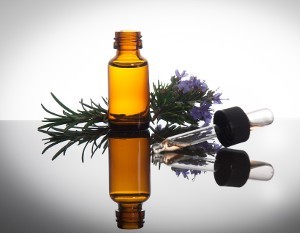
What Does the Research Say About Essential Oils?
Read More |
|
|
|
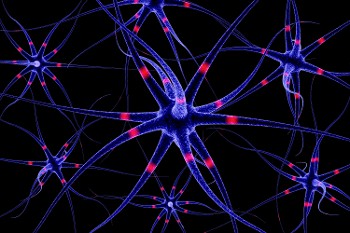
Mechanism of MS: A Complex Mosaic
Read More
|
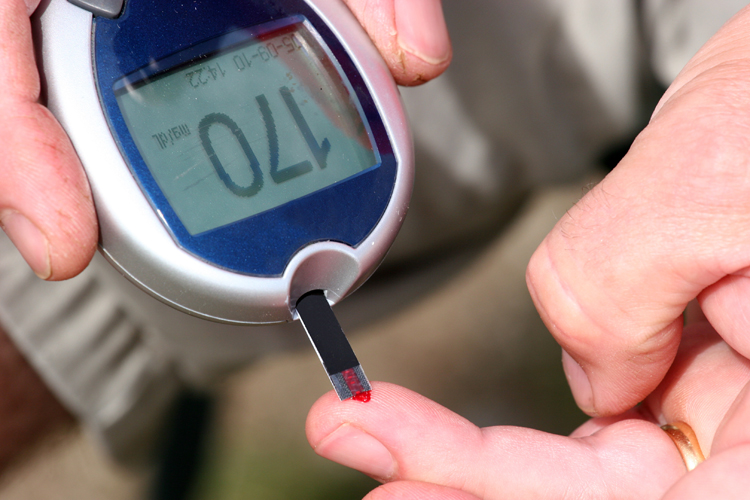
What are alternative treatments for diabetes?
Read More
|
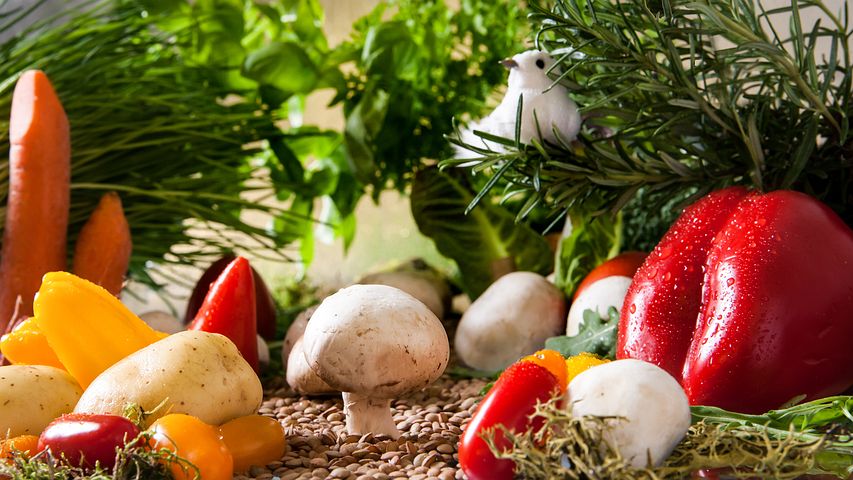
How To Lower C-Reactive Protein
Read More
|
|
|
|
|